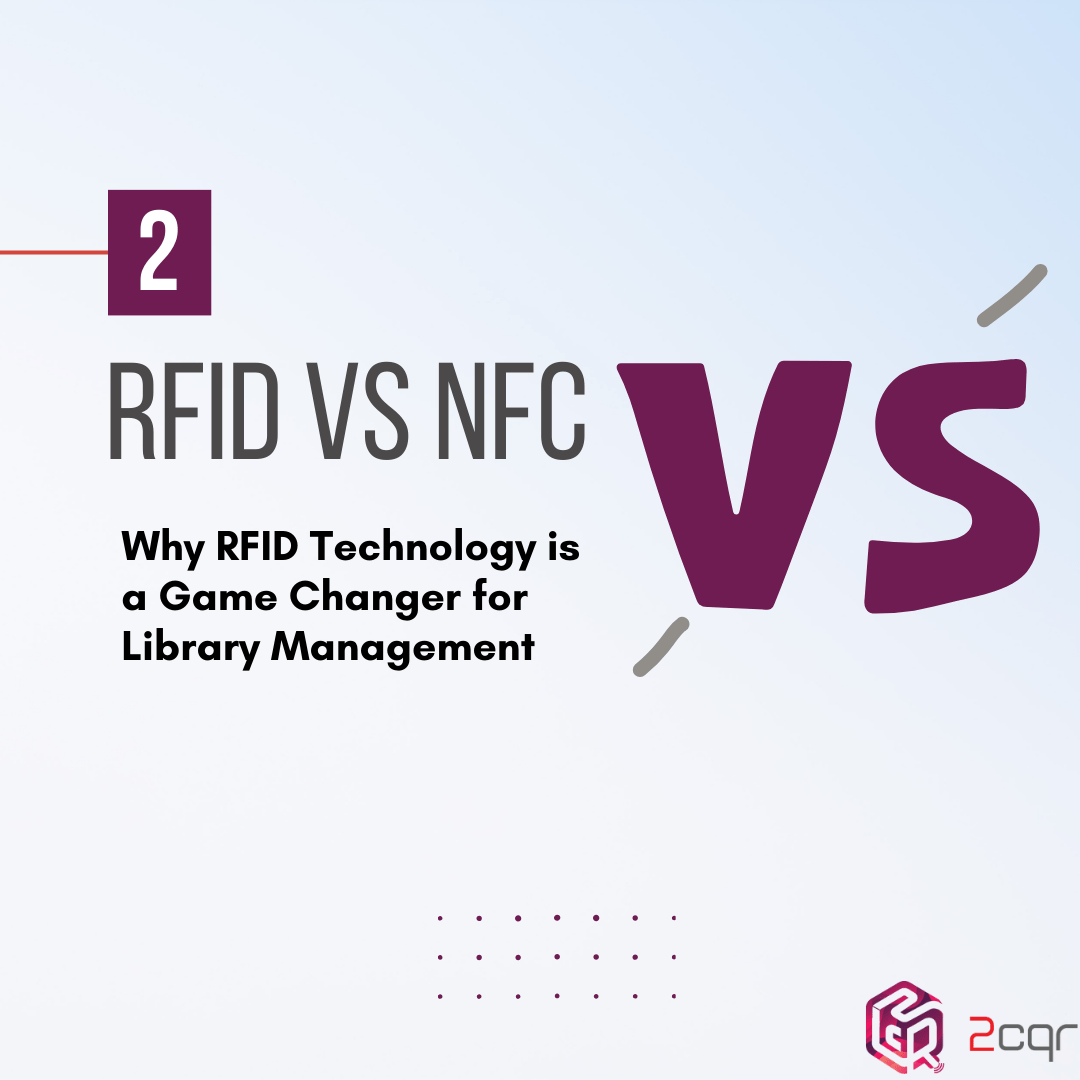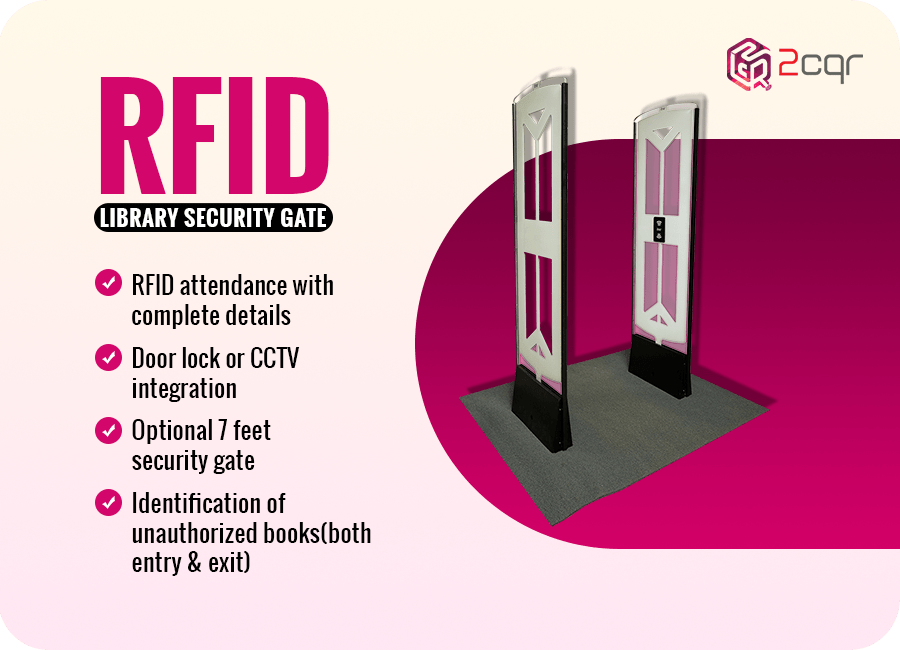
In recent years, the significance of RFID (Radio Frequency Identification) technology has rose across various industries and emerged as a game changer. This impact is particularly pronounced in the domain of library management.
Unlike NFC (Near Field Communication), which also operates on wireless communication principles, RFID has carved a niche for itself due to its unique benefits in optimizing library operations.
Lets delve into various elements that proves why RFID has became the most prominent choice for library management over NFC
Read Range and Readability
RFID technology operates across both UHF (Ultra-High Frequency) and high frequency ranges. It efficiently reads multiple tags simultaneously at an impressive speed.
In contrast, NFC readers predominantly function at a low frequency (13.56MHz), which limits their reading range to mere centimeters.
This one-to-one communication nature of NFC devices, relying on close proximity, can lead to slower scanning processes, impacting overall efficiency.
Scalability
The implementation of RFID in libraries does demand substantial initial infrastructure setup. However, the advantage lies in its scalability. As library needs evolve and technology advances, RFID systems can be seamlessly expanded.
This adaptability makes RFID the preferred choice for libraries with extensive operations. Conversely, NFC’s one-to-one communication presents limitations in handling large item volumes, making it impractical for high-volume libraries.
Data Storage
Data is the lifeblood of efficient library management. Here, RFID takes the lead due to its ample storage capacity. RFID tags can store a wealth of information related to books and patrons: book titles, authors, locations, patron accounts, lending histories, and more.
In contrast, NFC tags offer limited storage, suitable for applications like credit cards or mobile payments, but insufficient for comprehensive library management needs.
Functionality
RFID technology serves as a comprehensive solution, supporting diverse library activities such as inventory management, asset tracking, check-ins, check-outs, shelving, access control, cataloging, and data analysis.
NFC, while valuable for data transfer, addresses only a fraction of the functions integral to library management.
Compatibility
RFID’s wide acceptance in libraries globally can be attributed to its compatibility. RFID systems seamlessly integrate with existing library management software, often without necessitating additional hardware or software changes.
The transition to NFC, on the other hand, presents challenges due to the need for significant hardware and software overhauls.
Cost Effectiveness
RFID tags can be reprogrammed to a limited extent, extending their lifespan and reducing the need for frequent replacements. This longevity translates to cost savings. Additionally, mass adoption and advancements in RFID manufacturing have significantly lowered the cost of tags and readers, making RFID a budget-friendly choice for libraries when compared to NFC.
In the arena of library management, RFID technology stands as a testament to efficiency, scalability, and comprehensive functionality. Its ability to seamlessly integrate with existing systems, coupled with its robust data storage capacity, marks it as a frontrunner.
While NFC has its merits, RFID’s broader capabilities make it the optimal solution for libraries aiming to enhance operations, user experience, and overall performance.


